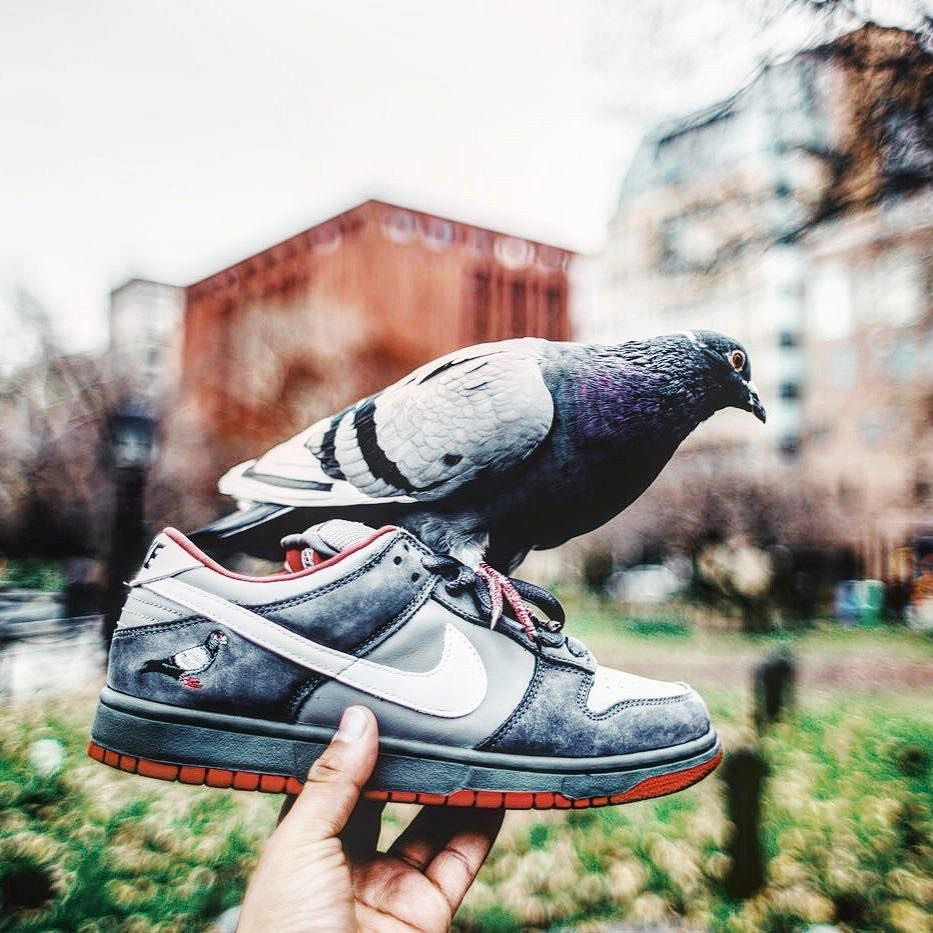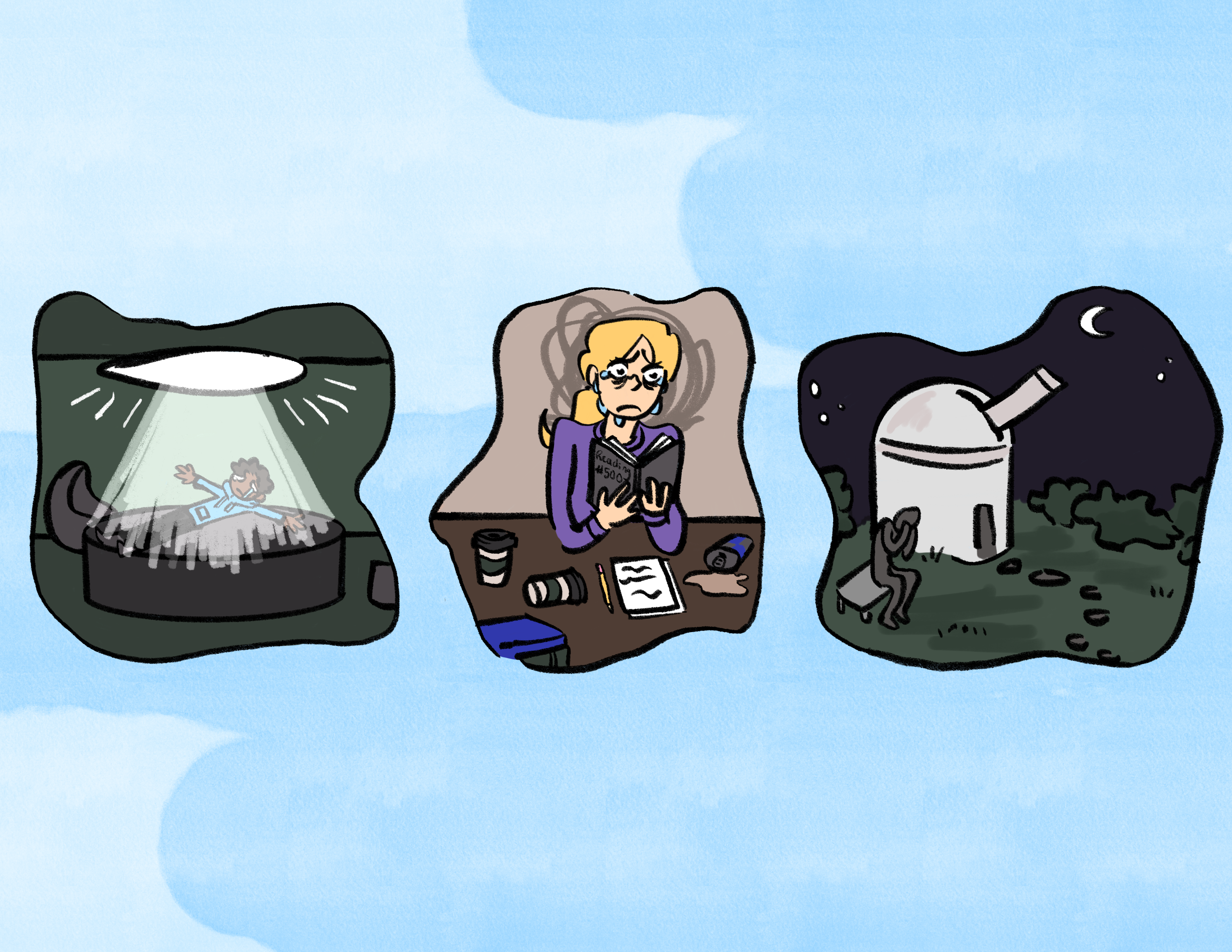Cosigns don’t sell shoes anymore; shoot, Kylie Jenner can’t even make Pumas look cool in 2017. It takes a village to bring your clout up, something Nike Skateboarding (SB) can attest to. I don’t mean Nike as a whole, they’re doing fine. Nike SB, born in 2002, was Nike’s attempt to breach the skater culture of the late 90s and early 2000s. Prior to the creation of the branch, skateboarding shoes were a niche: really only used for athletics, these shoes with flat soles and fat tongues were designed for skaters, brands like DC and and eS didn’t care to market to the average American shoe consumer, or the newly developing sneaker-head ethos. Having to enter such a well developed, distinct market and consumer base was difficult for Nike, in part because the company lacked the skater credibility other brands won from their histories, and also because the skater consumer-base was seemingly at odds with the consumerist giant of Nike Inc.
Now, look, Nike’s not a bunch of dummies. They tried some things, and guess what? They inevitably worked, because Nike houses a bunch of capitalist geniuses. But first they had to experiment. The first, and most obvious, thing they did was sponsor big names in skateboarding (Paul Rodriguez, first of all) to bring attention and hype to the brand. This worked to an extent, and Nike’s redesigning of older models in the vein of skateboard shoes was another stroke of genius. But these things only played into the hands of the skater-niche, an already over-advertised consumer base that had been catered to by other skate shoe companies. Nike’s next move was an ace that shook the world of sneakers and its culture forever.
It’s important to note that in the opening years of the 2000s, Nike was a company leaning on the strength of the casual consumer. To the core audience of soccer moms and Tee-ball coaches, Nike didn’t have to deliver aesthetically pleasing shoes, just comfortable and cheap ones. This market pool is satisfactory, but didn’t provide the revenue that more fashion-conscious consumers can provide. This was the place of Jordan Brand in the 90’s, but at the genesis of Nike SB, Michael Jordan was at the tail-end of his career. The still young Jordan Brand was at a cross-roads between the lifestyle market and the creation of true basketball shoes. This isn’t to say the shoes sold poorly. They didn’t. But the brand lacked identity, as the eponymous athlete entered his 40s. Suddenly, Nike found itself at a strange point: comfortable marketing towards casual consumers, but quickly losing hold of the life-style and fashion market that branches like Jordan Brand were meant to control.
How did Nike SB allow Nike to assert themselves back onto the feet of cool kids again? Collaborations and scarcity. These two things are now what the entirety of modern sneaker culture is based around, and while Nike SB wasn’t the first to release exclusive sneakers or to collaborate with fashion houses, they were the first branch at Nike to have their marketing rely on these two concepts exclusively to sell to the non-core audience. Nike didn’t collaborate with athletic brands, they worked with Supreme, HUF, and Diamond Supply Co, brands that did appeal to skaters, but had a broader appeal to the American fashion and pop-culture conscious. Not only did they tap into the street credibility that these collaborative brands had, they made these shoes nearly impossible to buy: the exclusivity added to their coolness. Through scarcity, Nike created a new brand of consumer: the hype-beast. Where the sneakerhead of the 90s was concerned with the aesthetic qualities of the shoe, the newly created hype-beast was a niche market who was attracted by the quest. The shoes took off because they were imbued with a social currency and a story. The scarcity brought forth people willing to brave it.
Nike SB’s market strategy was dependent on their flagship shoe, the Nike SB Dunk. The Dunk was a retrofitted, low-cut basketball shoe that was perfect for Nike’s attempts on the skater brand; it was simple, chunky, and made of cheap materials. The Dunk was a malleable product for collaborators to change, and a relatively cheap shoe for the normal skater to buy into. SB Dunks had become the antithesis of skateboard shoes: these were flexes, never to be skated in. Nike had flipped the athletic shoe on its head through marketing alone.
The most mystical pair were suede and leather, grey and orange, and had a pigeon engraved onto the heelbox. They were the Staple Brand x Nike SB “Pigeon” Dunks, and they were only sold on a cold January morning in 2005 on the Lower East Side of Manhattan. Reed Space, a tiny sneaker boutique, only had 30 pairs to sell. Jeff Staple, Reed Space’s legendary owner, had counted more than 30 heads waiting outside the shop when he left work the night before. Nike’s campaign of ultra-scarcity was about to come to a head.
Here’s the scene the next morning: Jeff Staple walks up to a mob of over 100 people, a good amount of kids and a good amount of waiting to scam whoever buys the shoes, on top of a mass of cops, all the while he knows he only has 30 shoes and the kid who walks out with them probably won’t make it down the block. Jeff lifts his collar and turns discretely, deciding to enter through the back. He starts bringing kids in to buy the shoes, and ships the buyers out by cab from the back. The crowd doesn’t leave. And the next morning, Reed Space, the Pigeon Dunks, and the riot are on the front page of the New York Post. Nike SB was playing with fire, but the incendiary free publicity from this shoe-release took the niche brand mainstream. Pigeon Dunks are some of the most priceless on earth on today’s resale market, because of the scarcity, but also because of the exposure that Nike SB geniusly crafted.
This month, Staple Brand and Nike collaborated on a remake of the Pigeon dunks for a 2017 market. And it didn’t work. They sold fine, but they didn’t even trend on Twitter. It’s been 12 years since Nike could just tell kids they were collaborating with someone and it’d be rare and that would be it. Modern sneaker culture is complicated, in part because Nike SB took it mainstream. It takes an incredible confluence of factors to sell a shoe. Yeezys, Fentys, and the Off-White x Nike line relied on celebrity influencers, intrigue, and social media blitzkrieg for the mainstream shoe consumer to notice them. In the early 2000s, Nike SB showed us that sneaker culture isn’t about shoes in the slightest; it’s about swag, carefully cultivated swag. 2017’s Nike SB “Black Pigeon” Dunks don’t have swag. Or at least, no one told me if they did.





